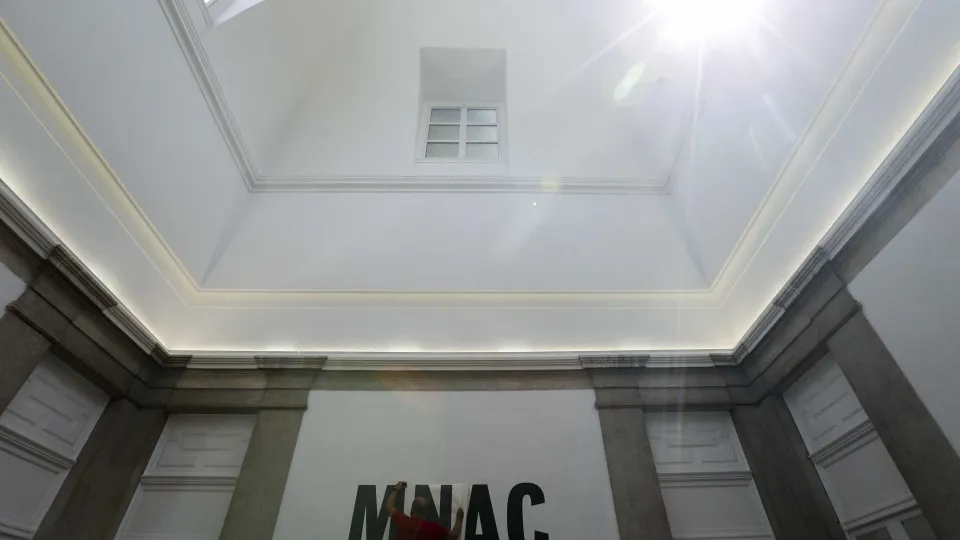
Curated by Emília Ferreira, the exhibition is divided into three parts: at MNAC-MC in Lisbon, the Sintra Art Museum (MU.SA), and the NOVA Medical School facilities in Cascais, as per the information released by the Chiado Museum.
The exhibition features works from institutions such as MNAC, the Millennium bcp Collection, the Calouste Gulbenkian Foundation’s Modern Art Center, GALP Foundation, and Vista Alegre. It also includes previously unseen pieces lent by the artist’s family and private collections, including those of Hotel Tivoli in Lisbon and Hotel de Seteais in Sintra.
At the MNAC section, the exhibition revisits the training and early artistic steps of Mily Possoz (1888-1968), from her studies at the Académie de la Grande Chaumière in Paris in 1906 to the 1940 commission for the Exhibition of the Portuguese World, where she decorated the Japan Room, inspired by Namban Screens.
Amidst travels and stays in Paris, Düsseldorf, and Brussels, the artist developed “a unique language based on bold chromatics, a taste for movement, and experimentation with techniques,” according to the exhibition curator, as stated in the announcement.
Painter, illustrator, and engraver of Belgian descent, Mily Possoz was born in Lisbon, the same city where she passed away just months before turning 80. Her work is represented in numerous important public and private collections in Portugal and abroad, notably at the Royal Library of Brussels, several museums in the United States, and the National Library of France, among others.
According to Emília Ferreira, despite Possoz’s work having been awarded both nationally and internationally — with the Gold Medal at the Paris International Exhibition (1937), the Amadeu de Souza-Cardoso prize (1944), the José Tagarro Drawing prize (1949), and the Columbano Painting prize (1951) — and accessible to researchers, “misinformed assumptions disconnected from observation persist about it.”
“Creator of an authorial universe, visually informed and structurally countercurrent — though often not perceived as such by critics and historiography — Mily shares with her contemporary female artists not a ‘sweet, fairy-like, and dreamlike’ character that has often been read into her works, but an incisive, daring, satirical, and playful vision of the world, offering viewers a peculiar mirror, revealing a life emphasizing a universal femininity — thus assuming her viewpoint as a new norm,” comments Emília Ferreira.
At MU.SA in Sintra, a segment will focus on the years from the 1940s, highlighting the region’s landscape and portraiture in Mily Possoz’s work (MNAC, CAM, Hotel Tivoli, Hotel Seteais, Vista Alegre, private collectors, family archive), while at NOVA Medical School in Cascais, aspects of the artist’s depiction of landscapes (MNAC, CAM, family archive, Hotel Tivoli, Almada City Council, private collectors) will also be on display.
In parallel, a homonymous volume will be published, coordinated and designed by Emília Ferreira, featuring 11 unpublished essays and around a hundred images by experts such as Alexandra Curvelo, Amanda Reis, Ana Vasconcelos, António Canau, Charlotte Foucher Zarmanian, Jorge Silva, Nancy G. Heller, Rita Mega, and Victor dos Reis.
The exhibition is part of the Millennium bcp Foundation’s 30th-anniversary celebrations and will be open to the public at the Chiado Museum in Lisbon from Thursday until February 1, 2026, at MU.SA in Sintra from Friday until February 1, 2026, and at the Health Campus of NOVA Medical School in Cascais from October 23, 2025, to February 1, 2026.




